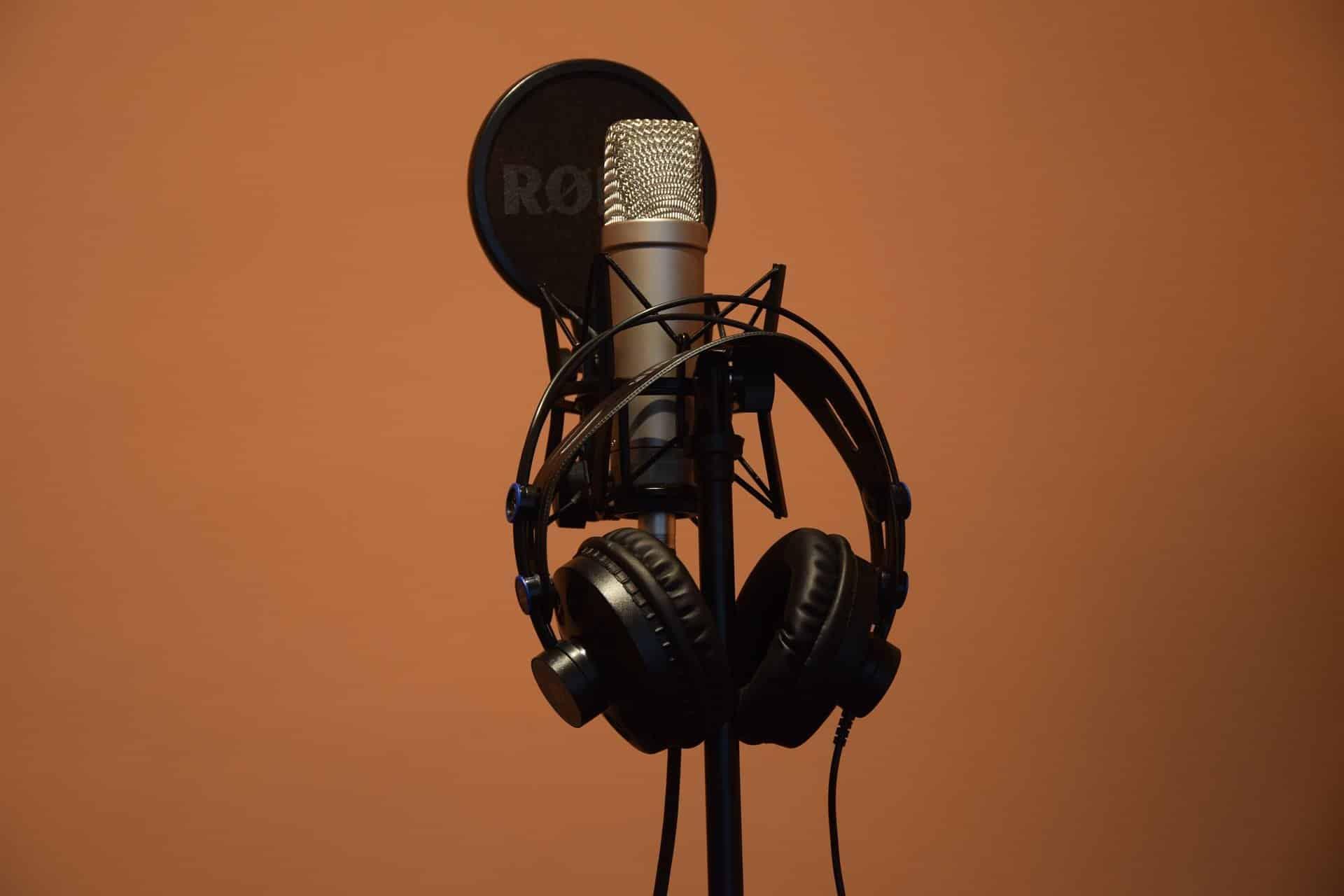Audio Description Quote Request
Please note that due to increase in demand, VITAC has instituted a minimum charge for all orders.
Contact the Audio Description Experts
As the nation’s largest provider of accessible media solutions, we are uniquely positioned to provide audio description services.
We continually invest in our infrastructure and people, offer world-famous customer service, industry-leading turnarounds, and competitive pricing.
Most importantly, we provide the same high-quality product as with our captioning, while having the capacity to handle description needs when new requirements kick in.
Contact us today to get started!
Audio Description Creates Access
The number of Americans with visual impairment or blindness in the United States is expected to double to more than 8 million by 2050. As the number of people who are blind or with low-vision grows so, too, does the need to make visual content more accessible.
Audio description narration, which describes a video’s visual elements, is one way to do this. This service is available in theaters, cinemas, travel tours, and on television and streaming media.

What Is Audio Description?
Audio description, also called video description or described video service (DVS), is a narrative description of:
- Onscreen actions
- Visual cues such as characters and costumes
- Text appearing in graphics or a video
How Audio Description is Used
As with captions, which now are used by people who are hearing and deaf alike, the popularity of audio description is expanding beyond its original audience. This feature also caters to a world of multi-tasking TV watchers who want to understand action on TV without focusing solely on the video. VITAC provides audio description for:
- TV networks
- Producers of online content
- Corporations
How We Create Audio Description
Our audio description process involves four areas of production
- Writing
- Voicing
- Audio Editing
- Quality Control

Take a Deeper Look at the Process
- The audio description script is first written by a highly trained professional who specializes in translating visual information into description. The describer analyzes the video to determine the importance of visual aspects, and creates a script that fits within pauses in dialogue and music. Audio description often cannot convey all of the visual information included in each scene of a video program. Therefore, the writer, often with the help of the content creator, makes choices to ultimately create the best possible description. Describers strive to be clear, concise, conversational, and use familiar terms in a manner that is consistent with the content and vocabulary of the program
- Once a script is finalized, a professional voice artist records the narration. This voicer is chosen to match the nature and tone of the video content and will remain constant throughout a series’ production. Voicers speak clearly, at a rate that can be understood, while conveying energy and volume without competing with the actors onscreen. Lately, we’ve seen a move in the industry to synthetic narration, where a computer-generated voice reads the script created by a writer. This approach saves time and money, and it’s acceptable for some producers and audience members. However, it’s important that producers ultimately consider an audience’s preference when determining whether a human or computer-generated voicer is appropriate for their content
- Using the recorded voiceover, a mixing specialist combines the show audio with the audio description recording, “dipping” or lowering the volume of the background noise or music to accommodate the narration. The editor makes sure that the voiceover, whenever possible, does not overlap the dialogue of the show. In addition, the editor can speed up bits of description so that a show with lots of dialogue can accommodate easy-to-hear descriptions. The mixer can even modify the pitch of the voiceover so that a description sped up to fit a two-second gap, for example, will not suffer from the “Alvin and the Chipmunks” effect
- Finally, the quality control expert reviews the final file with voiceover to make sure that everything from script accuracy to final mixing is correct. After this review, the file is exported in a variety of formats, including WAV, MP3, and AIF
Live Audio Description: The above describes the process for prerecorded audio content. Lately, more and more producers are asking for audio description for live television broadcasts. It can be done in a highly controlled environment where the writer and voicer are the same, and the mix is performed by the network. We are proud to provide this service via partnerships with the most talented describers in the industry.
How to Find Audio Description
In the United States, the Federal Communications Commission (FCC) mandates 85 hours per quarter of audio described content on:
- Primetime or children’s programming on the major broadcast networks (ABC, NBC, CBS, and Fox)
- The top five cable networks that include significant prerecorded content (currently USA, HGTV, TBS, Discovery, and History)
These services also are available on original streaming content on many platforms, including:
- Netflix
- AppleTV
- Disney +
- Hulu
On television networks, audio description is accessed by navigating to the Secondary Audio Program (SAP) channel, usually in the accessibility settings of a set-top box. On streaming platforms, audio description can be chosen as a separate audio language.
Because not all content is described, it’s sometimes hard to find out just what is available. Resources to find audio description include:
- The FCC’s audio description page links to network guides for audio description: https://www.fcc.gov/consumers/guides/audio-description
- The Audio Description Project, an Initiative of the American Council of the Blind, maintains an accessible and searchable list of audio described content: https://acb.org/adp/masterad.html
- AppleTV, Netflix, and most cable providers offer ways to search content for audio described programming

What Exactly is Described?
These are just some of the visual elements that are described as part of audio description:
- Facial expressions
- Body language and gestures, including nudity
- Visual comedy and sight gags
- Dance or other movements
- Visual actions, including sexual acts, violence, etc.
- Clothing
- Multi-media effects and lighting
- Settings and scene changes
- Individual characteristics as relevant to the content (e.g., skin color, height, age, disability, etc.)
What You Can Expect When You Work With Us
Our clients rely on us to:
- Meet the standards set by the Audio Description Coalition as well as the standards for educational description set by the American Foundation for the Blind/Described and Captioned Media Program
- Employ voice talent by program content and uniform, top-quality narration using the same voice for consistency throughout a series
- Match voices to various programming genres. Voice artists are well-trained describers with years of experience and use age-appropriate vocabularies
- Work with only the best, experienced, professional audio engineers
- Meet the fastest turnaround schedules in the industry
- Deliver and receive in virtually any audio/video format
- Text or on-screen graphics including titles, credits, captioned and/or subtitled translations of a foreign language, time of day, period of history, or location
Audio Description Sample
This video showcases audio description for a popular episode from Discovery Channel’s “Shark Week.” The first description is “A man in a scuba suit.” Note at 24 seconds: “A shark, teeth bared, collides with the protective cage.”